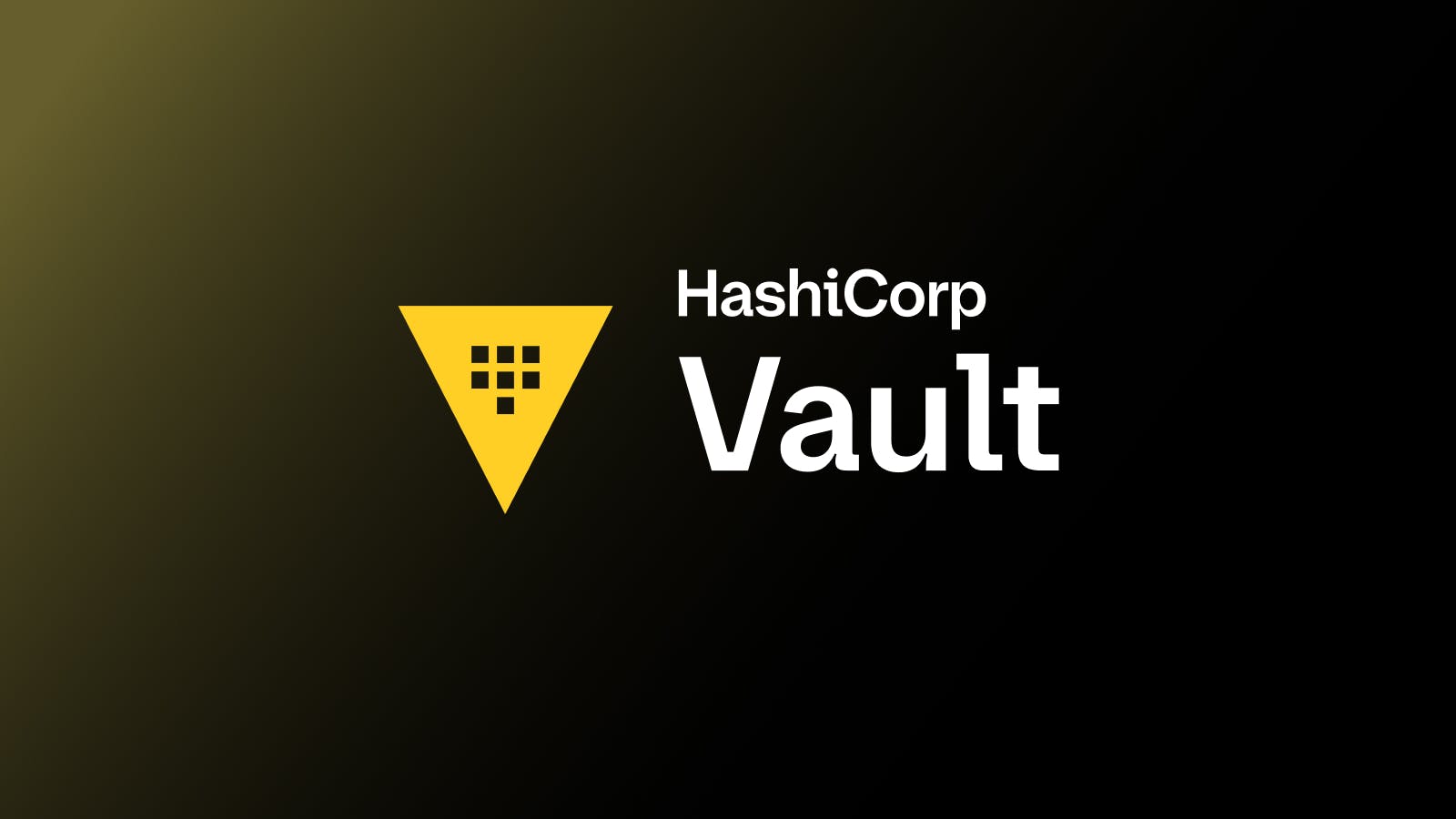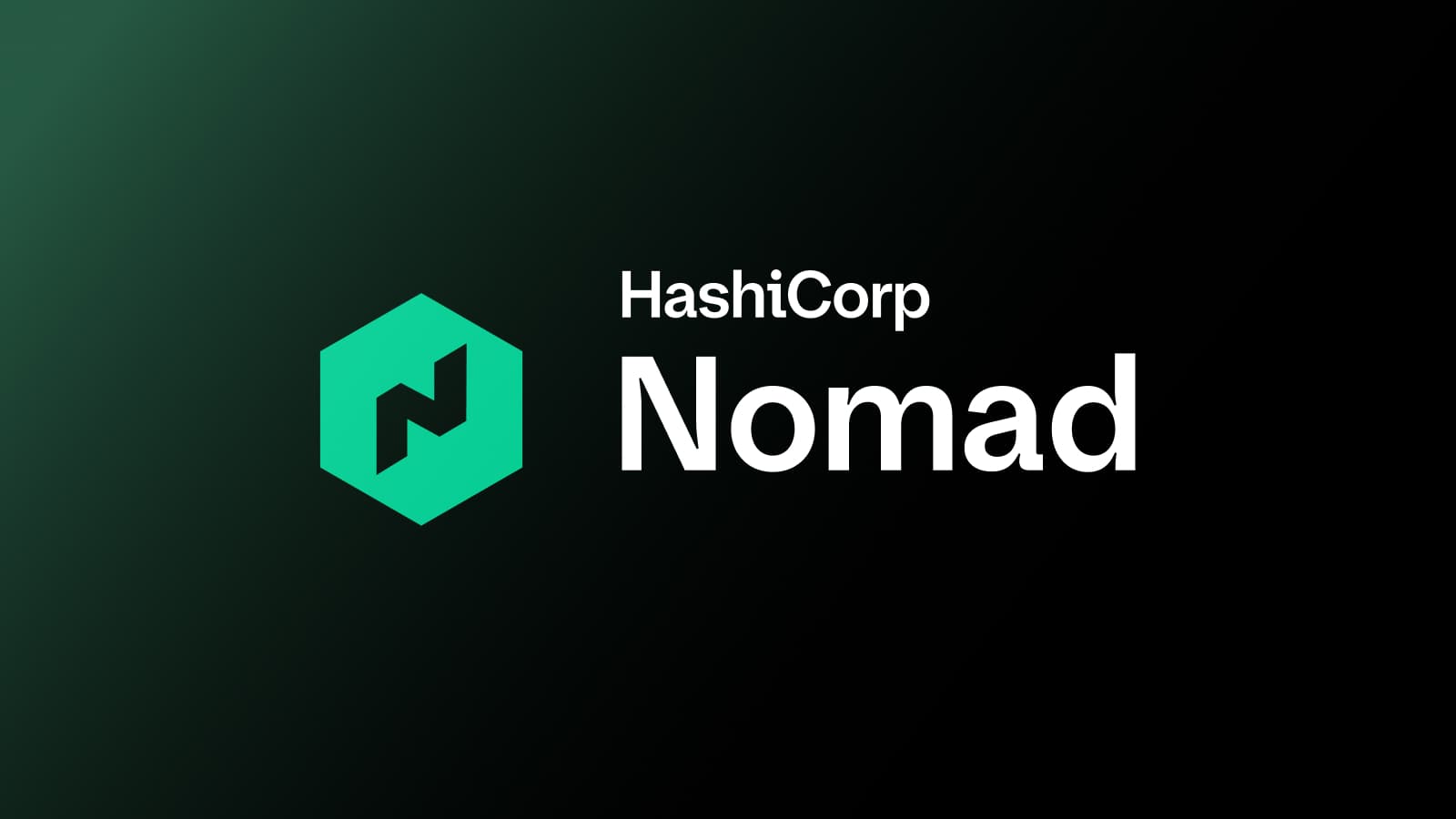Zero Downtime Updates with HashiCorp Terraform
This guide exists for historical purposes, but a more up-to-date guide can be found on the HashiCorp Learn page: Use Application Load Balancers for Blue-Green and Canary Deployments.
HashiCorp Terraform enables you to safely and predictably create, change, and improve infrastructure. It is an open source tool that codifies APIs into declarative configuration files that can be shared amongst team members, treated as code, edited, reviewed, and versioned.
Change is part of managing infrastructure, nothing ever stays the same and nor should it, we often need to update and patch VMs, and we need to be able to do this without causing any disruption to our users. When you change specific attributes on a resource such as the image of a VM, Terraform needs to destroy the resource and re-create it. When this is not managed correctly, this behavior can cause downtime for your systems.
In this post, we are going to look at two simple features in Terraform that allow us to avoid downtime caused by updates and allow uninterrupted replacement of resources. The examples in this post use the DigitalOcean provider, however, the techniques explained are not specific to any particular provider they are features built into the Terraform core.
»Problem 1: How to ensure new infrastructure is created before the old is destroyed
Consider the following resource to create a simple droplet:
resource "digitalocean_droplet" "web" {
count = 2
image = "${var.image}"
name = "web-${count.index}"
region = "lon1"
size = "512mb"
tags = ["example"]
}
If this resource already exists from a previous terraform apply and we then modify the image, the next time we run plan, terraform informs us that the existing resource will be destroyed before the new one is created.
An execution plan has been generated and is shown below.
Resource actions are indicated with the following symbols:
~ update in-place
-/+ destroy and then create replacement
Terraform will perform the following actions:
-/+ digitalocean_droplet.web[0] (new resource required)
id: "92822972" => <computed> (forces new resource)
disk: "20" => <computed>
The reason for this is that it is not possible to update this particular attribute of a resource and Terraform needs to remove the existing instance and the new one. Terraform's standard behavior is that it will first destroy the resource and once the destruction has completed it will then create the replacement. In a production environment, this would cause undesirable momentary downtime.
To avoid this, we can utilize a meta parameter available on Terraform resource stanza blocks lifecycle.
The lifecycle configuration block allows you to set three different flags which control the lifecycle of your resource.
- create_before_destroy - This flag is used to ensure the replacement of a resource is created before the original instance is destroyed.
- prevent_destroy - This flag provides extra protection against the destruction of a given resource.
- ignore_changes - Customizes how diffs are evaluated for resources, allowing individual attributes to be ignored through changes.
The flag we are interested in is create_before_destroy and we can add it to our resource stanza like so:
resource "digitalocean_droplet" "web" {
count = 2
image = "${var.image}"
#...
lifecycle {
create_before_destroy = true
}
}
With the addition of the lifecycle hook, when we run our terraform apply, Terraform first creates the new resources before destroying the old resources.
»Problem 2: A running VM does not necessarily mean a working application
Because a virtual machine has started, it does not mean that an application is available to serve requests. When a VM starts it goes through a startup lifecycle; the VM boots, then systemd or startup scripts need to run. Finally, your application needs time to start. Terraform is not aware of your application lifecycle and depending on the type and complexity this could be some minutes after Terraform has created the instance.
To solve this problem, we can add a provisioner to our resource which can perform an application health check. Terraform does not declare the resource successfully created until the provisioner has completed without error. The provisioner delays the destruction of the old resources until we are sure that our new resource has been created and is capable of serving requests.
resource "digitalocean_droplet" "web" {
count = 2
image = "${var.image}"
#...
lifecycle {
create_before_destroy = true
}
provisioner "local-exec" {
command = "./check_health.sh ${self.ipv4_address}"
}
}
In this example, we are running a shell script which curls the application and looks for an HTTP status code 200. Depending on your application you may need to write something more complex. For example, if you are running Consul and the application registers a health check with Consul, your provisioner command could query Consul's service catalog to check the application health. Because you can leverage all of the available provisioners, Terraform offers you the flexibility of tailoring this step specific to your resource. Once the provisioner has completed successfully then Terraform declares that the resource has been successfully created and continues to remove the old resource. Should the provisioner fail then Terraform will taint the resource and fail the apply step, the old resources are not deleted, and you can correct any issues and re-run terraform plan and terraform apply.
»Summary
Implementing lifecycle hooks and utilizing provisioners ensure that your new resources are created and available to serve requests before Terraform removes the old instances, giving you a seamless and uninterrupted upgrade process.
To try out these examples, please see the example code which can be found at: https://github.com/nicholasjackson/terraform-digitalocean-lifecycle
A full walkthrough of this example can be seen in the following video:
For more information about Terraform please visit https://www.hashicorp.com/terraform.
Try the Use Application Load Balancers for Blue-Green and Canary Deployments tutorial on HashiCorp Learn.
Sign up for the latest HashiCorp news
More blog posts like this one

Scalable, secure infrastructure code the right way: Use a private module registry
How do you ensure standard security, compliance, and reliability best practices are followed across your organization when provisioning infrastructure? A private module registry is the first step.

Vault Enterprise 1.20: SCEP, usage reporting, cloud secret imports
Vault 1.20 adds smarter, streamlined security workflows with encryption updates and UX improvements. The Terraform Vault provider adds ephemeral values.

Automating workload identity for Vault and Nomad with Terraform
Learn how to use HashiCorp Vault and workload identities in your Nomad-orchestrated applications.